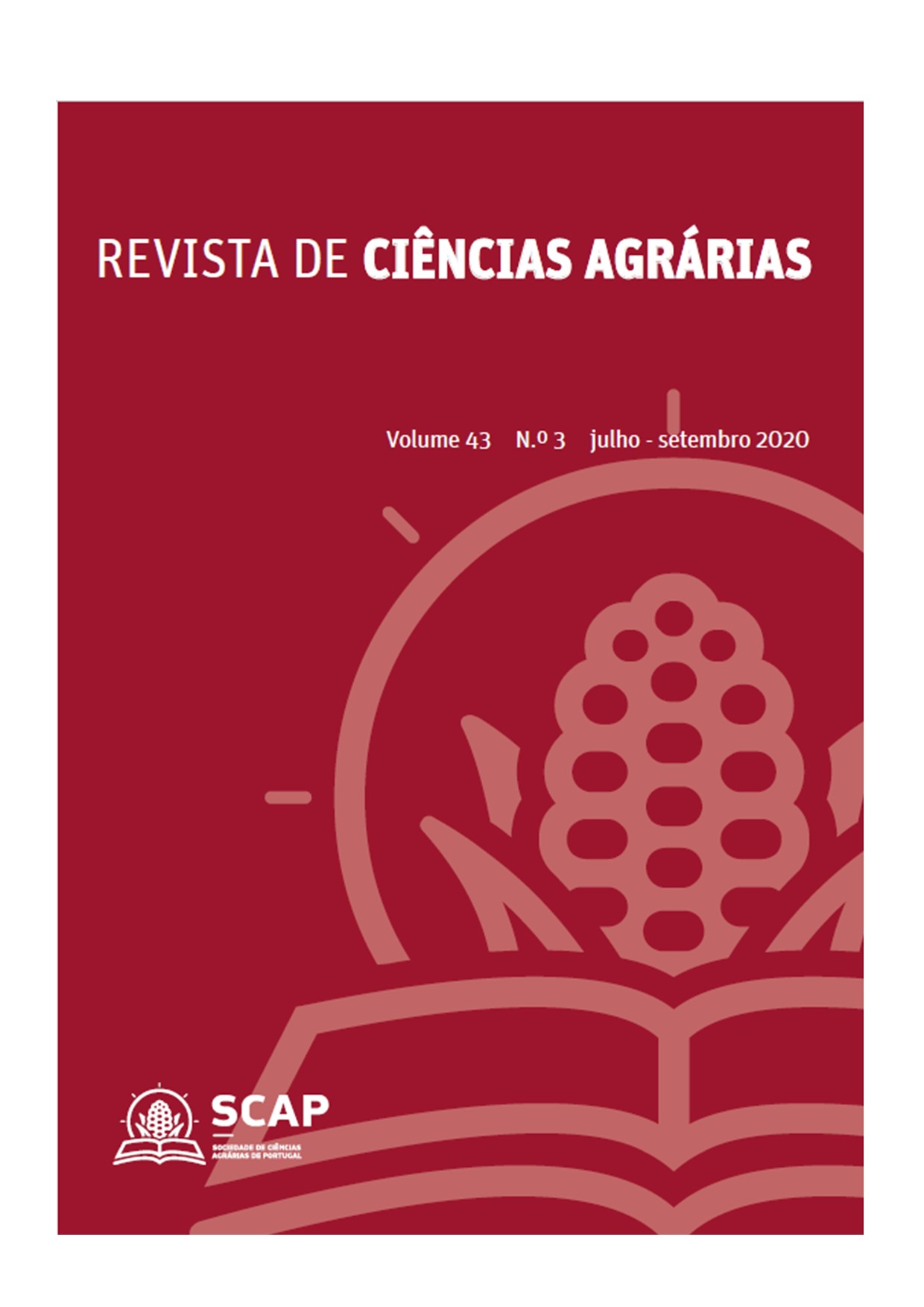Effect of animal traction on soil physical properties
DOI:
https://doi.org/10.19084/rca.18675Abstract
The purpose of the study was to observe the effect of animal traction mobilization on soil physical properties. The study was conducted in February 2018, in an agricultural area with corn stubble, inserted in Quinta do Poulão, Bragança. The site underwent temporal division, and sampling was done before and after tillage operations. The implements used were the scarifier, the moldboard plow and the combination of both, separated into two groups, for mechanized and animal traction. The study variables were initial (Ki) and final (Kf) permeability, bulk density (Dap), total porosity (P), maximum water capacity (CMA) and field capacity (CC). The results showed that there were no statistically significant differences between the two types of traction employed; however, significant differences were identified between the moment of application of the treatments for the variables Ki, Kf, Dap, CC and CMA. Thus, the input of machinery or animal-powered implements exerted changes in the soil, especially in relation to water retention and movement, positively affecting these parameters. This demonstrates the need for further long-term studies to further evaluate the effect of animal traction on soil properties.


